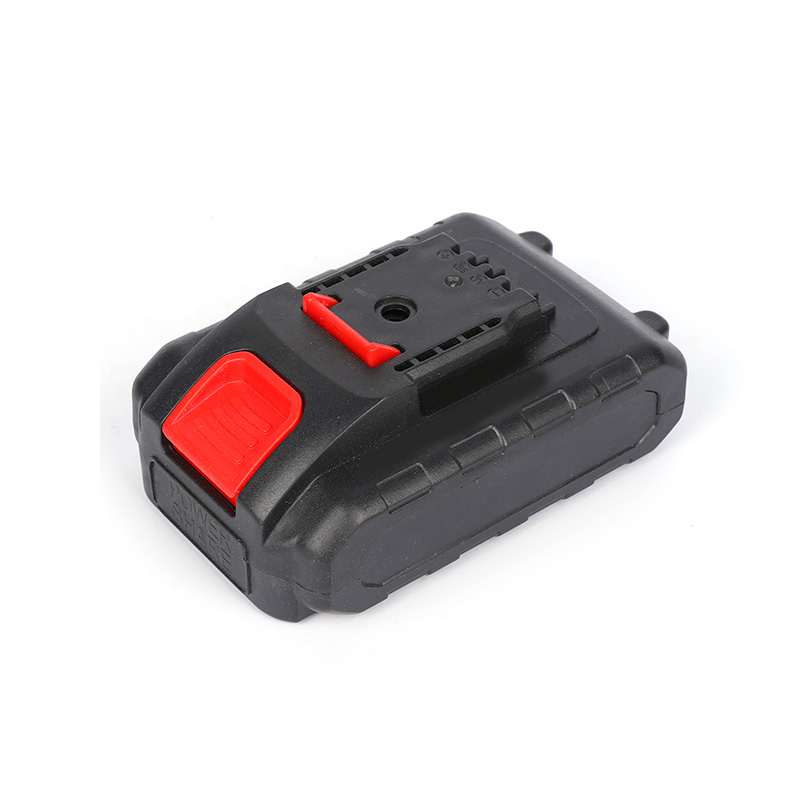- Home
- Products
- About Us
- Application
- News
- Contact Us
Web Menu
- Home
- Products
- About Us
- Application
- News
- Contact Us
Product Search
Exit Menu
What Safety Features Should a Good Charger for Power Tools Have?
Power tools are essential in construction, home improvement, and industrial applications. To ensure their reliable operation, the charger that keeps them powered must be both efficient and safe. A charger for power tools is not just an accessory—it plays a key role in maintaining the tool's performance and the user's safety. As more users shift to cordless tools, understanding the safety features of a good charger becomes increasingly important.
The charger for power tools must be equipped with overcharge protection. This feature prevents the battery from continuing to receive current once it is fully charged. Overcharging can lead to excessive heat, battery swelling, or even fire in extreme cases. By cutting off the charge at the right time, the charger not only extends the life of the battery but also keeps the working environment safer.
Another important feature is temperature monitoring. A reliable charger for power tools should have sensors that monitor the battery's temperature during the charging process. If the battery becomes too hot, the charger should automatically stop or reduce the current flow. This prevents damage to both the battery and the charger itself. Temperature control is particularly important when tools are used in demanding environments or when charging is done in hot conditions.

Short-circuit protection is another essential safety feature. If a short circuit occurs—due to damaged cables, connectors, or internal components—the charger needs to respond quickly by shutting down. This protects both the tool and the user from potential electric shock or fire. A charger for power tools that includes this function helps maintain safe operation and reduces the risk of accidents.
Reverse polarity protection is often overlooked but is just as vital. It ensures that the charger will not function if the battery is connected incorrectly. Plugging a battery in the wrong way can damage both the charger and the battery. A charger equipped with this safeguard will refuse to operate until the connection is corrected, avoiding costly and dangerous errors.
Automatic shut-off is another practical feature. In addition to preventing overcharging, it can also protect the battery in the case of power fluctuations or if the battery shows signs of malfunction. A smart charger for power tools should be able to detect anomalies and act accordingly without needing constant user attention.
Fire-resistant materials are also a consideration in the construction of a charger for power tools. Since the charger deals with electricity and heat, using materials that resist ignition adds a layer of safety. While this may not be a function controlled by circuitry, it still contributes to the overall safety profile of the product.
LED indicators or display panels can be helpful safety features. They let the user know whether the battery is charging, fully charged, or if an error has occurred. Clear visual feedback helps the user make informed decisions and take immediate action if something goes wrong.
A good charger for power tools should include several key safety features, such as overcharge protection, temperature monitoring, short-circuit protection, reverse polarity protection, automatic shut-off, and fire-resistant construction. These features work together to protect not only the battery and tool but also the user. As cordless tools become more common in professional and personal settings, investing in a charger that prioritizes safety is a smart and necessary choice.
-
Add: 1st Floor, No. 2, Huanan Road, Zhengcun, Economic Development Zone, Yongkang City, Zhejiang Province, China
-
Tel: +86-0579-87133113
-
E-mail: [email protected]

 English
English русский
русский Español
Español